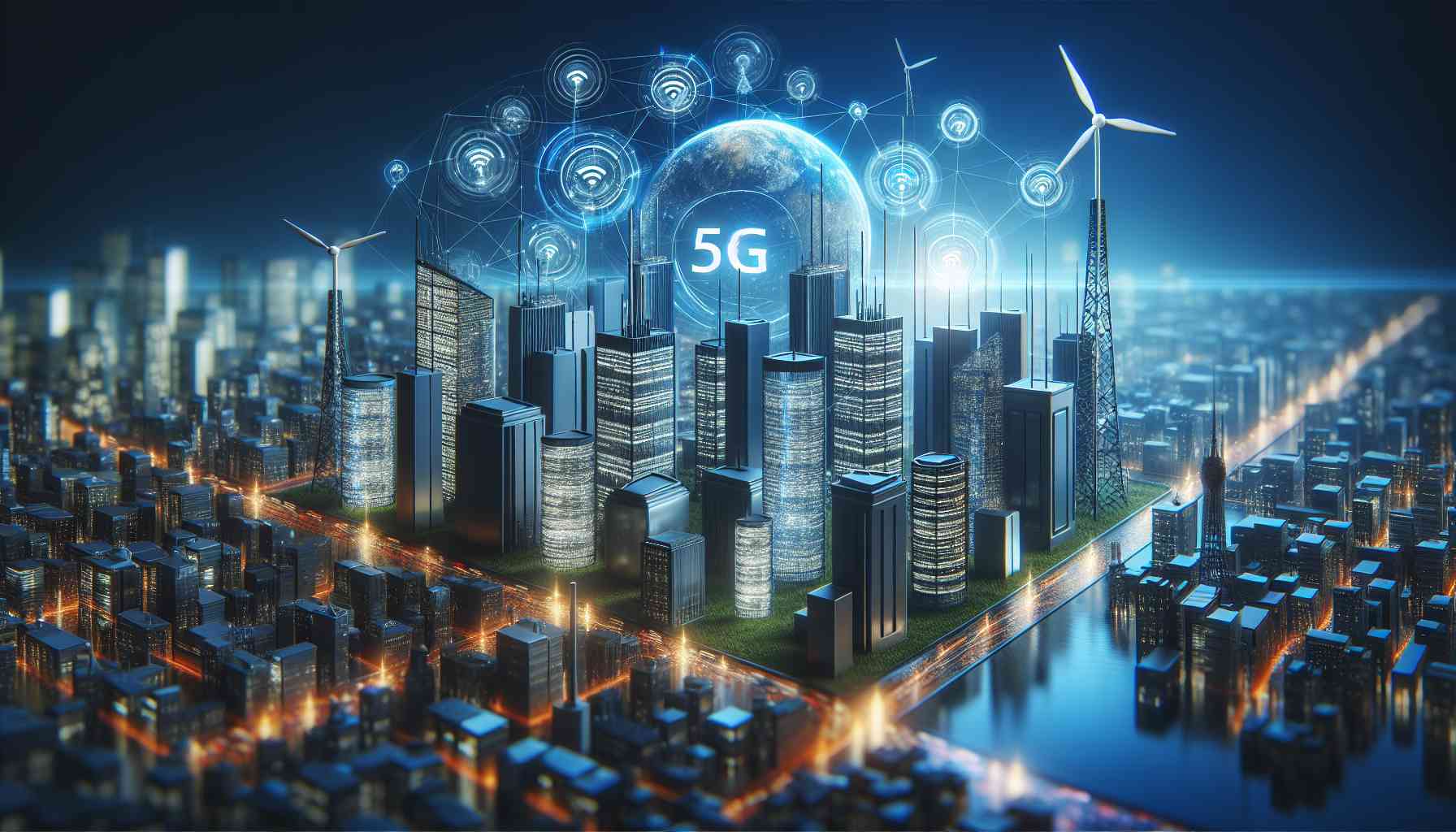The 5G technology has become the standard choice for mobile phone and device connectivity worldwide. However, in the enterprise sector, which focuses on connecting systems, devices, and machinery, significant progress has not yet been made. The lack of expertise in communication, the absence of breakthrough applications, and limited benefits compared to existing Wi-Fi networks are the main challenges for the adoption of 5G in the business environment.
Many industry experts agree that while 5G has been successful in the consumer market, it has not gained much recognition in the enterprise sector. Tom Snyder, Executive Director of RIoT, an IoT community center, explains that despite the promised benefits of increased bandwidth and low latency, businesses have found Wi-Fi to be more efficient and cost-effective in their case. Wi-Fi networks are especially suitable for connecting stationary devices in a manufacturing facility, for example.
Additionally, the integration of artificial intelligence (AI) and machine learning capabilities, which are potential areas of growth for 5G in the enterprise sector, is not expected to gain much recognition in the coming year. Authors of a recent analysis predict that AI and machine learning will remain niche topics in the field of 5G Radio Access Network by 2024.
One of the main reasons for the slow adoption of 5G in the enterprise sector is the lack of compelling breakthrough applications. The costs and complexity associated with mobile operators do not outweigh the benefits offered by IT teams or managed Wi-Fi network providers. Furthermore, current 5G applications and services do not offer significant advantages compared to existing technologies within the enterprise.
However, industry leaders emphasize that the potential of 5G lies in applications and services that go beyond the boundaries of the enterprise. For example, 5G can provide seamless tracking of devices inside and outside, disrupt indoor navigation, and enable real-time applications such as remote surgery, autonomous vehicles, and augmented reality.
As 5G technology evolves, future iterations will enable real-time applications and innovative uses. Autonomous networks and Network Slicing will provide consistent performance and low latency for specific applications. The emergence of AI-driven enterprise use cases will also require faster link performance and lower latency.
In conclusion, although 5G faces challenges in the enterprise sector, its potential is visible in applications and services that require connectivity beyond the boundaries of the enterprise. As the technology evolves, the business sector may find compelling applications and benefits that will encourage its adoption.
Source: [INSERT URL Here]
The source of the article is from the blog kunsthuisoaleer.nl
